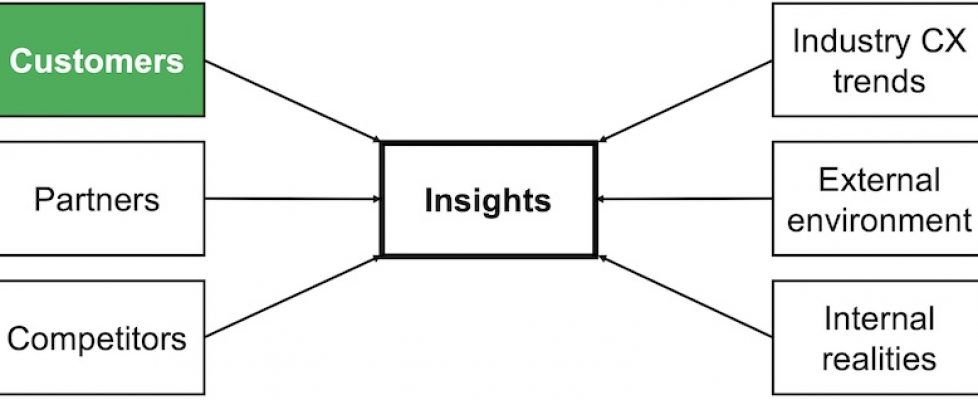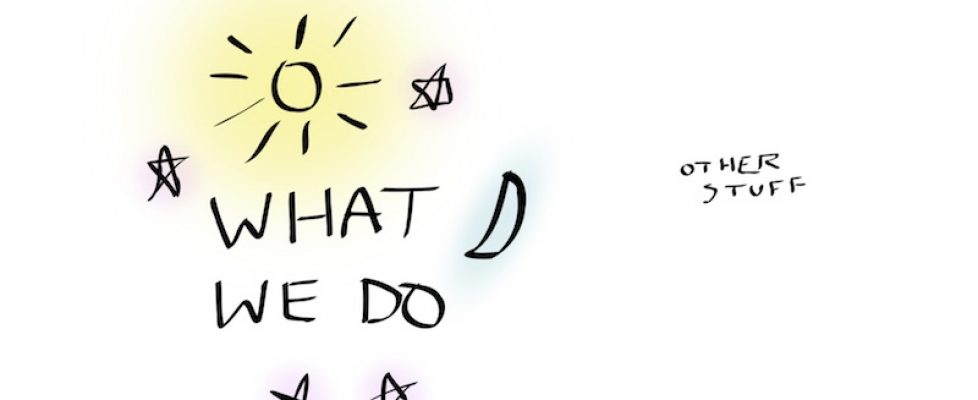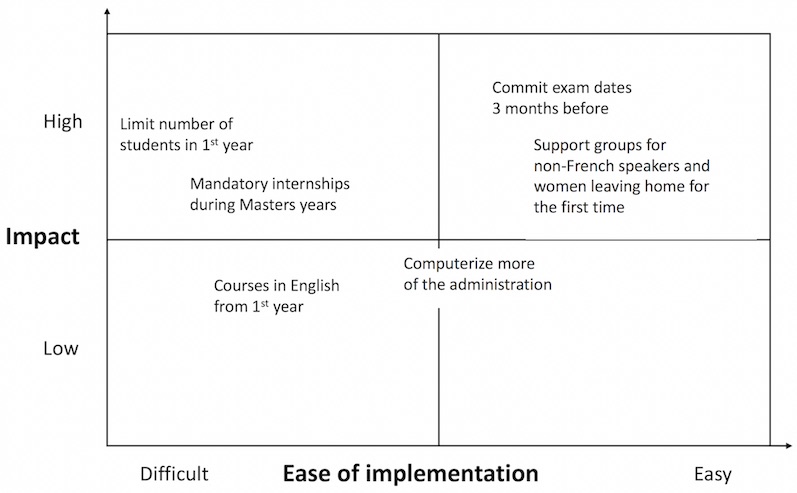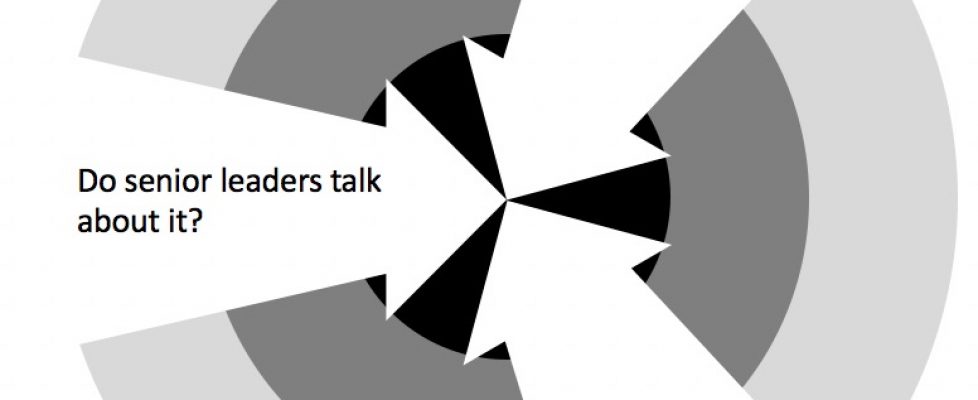Strategy: Ask new questions to get new answers – Part 1: Customers
Way back in 2005 I had the privilege of attending an executive education program at Columbia called Creating Breakthrough Strategy. The course was far more practical than the other attendees and I expected. The reason was simple: the main content and structure were provided by Willie Pietersen, a South African who has been CEO of a number of multi-billion-dollar companies including Lever foods, Seagram USA, Tropicana, and Sterling Winthrop’s Consumer Health Group. Over a ten-year period at HP, I took what he and Rita Gunther McGrath taught me and applied it to build strategies for individual HP countries (including Russia, Germany, Ireland, and about ten others) and for HP businesses. I also used it to build customer experience strategies for HP in EMEA and in my final job as VP of customer experience for HP’s $4B software business.
What I would like to do in this series of articles is to share what I consider to be the most important aspect of strategy development: an accurate analysis of the current situation and what should be done to improve it. If there is a single message here, it is a simple one: To get new answers, you have to ask new questions. I wish I claim I said this first, but I have to give credit to Willie Pietersen.
I adapted the method over time
I followed the methodology exactly as I had been taught, at least initially. After the first couple of strategy projects, I determined that a major element was missing for HP, and I believe that element matters to all B2B businesses, and to many others. The element I added to the structure you see at the top of this article is ‘Partners’. These are other companies with whom you work to make your business function. More about partners next time.
Getting started
Strategy should be developed by cross-functional teams that cover all areas of your business. What I suggest is that you set up six teams, one for each area of this situation analysis. If yours is a small company, one person may be enough for each. In a large company, it takes six weeks to do the situation analysis well. You should have a short progress check with your team members each week. The first session takes a little longer in that each team needs to agree the questions that should be asked and answered. What follows below is a suggested set of questions that concern customers. Please be clear that the list is just there to get you started. I find that people are better at editing a list than creating it from scratch. This list was developed for the creation of a customer experience strategy and most questions will apply to any type of strategy. Some will of course not be relevant to your business. And you will certainly be able to come up with others.
Remember: ask new questions to get new answers. The purpose of the whole strategy exercise is to develop a set of ideas that will allow you to crush your competitors and win in your market. The overall approach is ‘outside-in’, meaning it is primarily focused on trends outside your company.
The questions
- What experiences do your traditional end-customers want at the most important customer journey points? How reliable is your evidence for this?
- How and why are the expectations of your traditional customers changing over time?
- Are there useful ways you could segment customers and provide differentiated experiences to each segment? Should all customers of all sizes and from all industries be treated exactly the same or should you tailor a specific experience for each?
- Should new customers be treated differently from existing customers? If so, how?
- If you provide both face-to-face and web-based purchase and post-sales experiences, is the intent that one should complement and build on the other, or are they set up to effectively compete for customer attention? If they compete with each other, is that your intention, or just the result of the way you have set up the work of two independent teams? Are the prices the same, no matter what the purchase channel?
- Do you have any information on how your traditional customers consider their experiences with you compared to what they experience with competitors?
- What do your formal feedback mechanisms tell you about customer experience expectations?
- Do you currently communicate back to customers, telling them what you are doing with input they have provided?
- Which are the areas where you just have to be ‘good enough’ and investing more does not provide much return?
- Are new types of customers emerging with different expectations?
- What experiences are you providing customers that give you no competitive advantage and could be stopped to provide resources for new work?
- Do some of your customers have supplier assessment processes in place? If so, how are you doing in their ratings?
- If customers have left you, or you unexpectedly lost a deal you expected to win, do you understand why?
- If you have an executive sponsor program and / or a Customer Advisory Board in place for your largest customers, do you have any way of getting consensus from the sponsors and the board on the most important improvement opportunities?
At least half the day-to-day work of most customer experience teams is about listening to customers and partners, then summarizing what they want you to improve. This means that much of the necessary situation analysis information is directly expected from and controlled by the customer experience leader. Naturally, in small companies, there is no single central reference point, except perhaps the owner or CEO.
The answers lead to insights
If you have asked new questions, the result will be new answers. Just a small subset of these will lead to true insights about the trends in the experience you are providing customers. The concept of new or emerging customers is an important one and deserves special attention.
Conclusion
We have now covered one of the six dimensions of a situation analysis. The customer dimension is probably the most obvious. My next blog post will cover partners. I hope you will gain some new insights and a new strategy development methodology.
As is often the case, the above is a substantial rewrite of a chapter in one of our books; in this case Customer Experience Strategy – Design and Implementation. All of our books are available in paperback and Kindle formats from Amazon stores worldwide.













